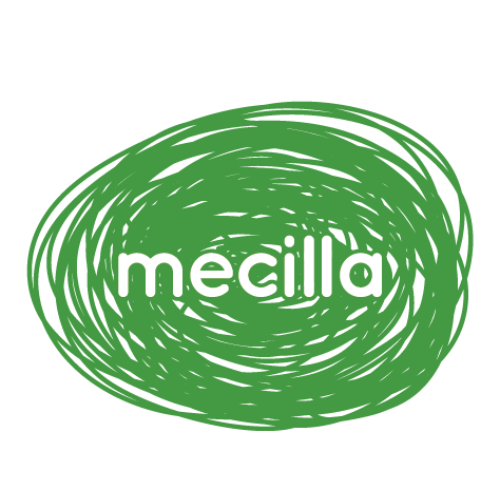
ORGANIC COTTON MARKET
Q: What are the current trends in the organic cotton market?
A: In terms of supply, organic cotton is currently at a critical juncture; up to 2009 there was steep growth, with farmers planting large amounts of organic cotton. However, when the economic crisis hit, sustainability initiatives were also hit hard. In addition, cotton in general is experiencing competition from other crops.
After seeing a 10 percent rise in production of organic cotton in 2013/14, 2014/15 saw a slight downturn of 3.8 percent. However, production looks set to increase again in 2017/18 when a number of in-conversion programs in India reach certification.
Demand for organic cotton is without doubt growing and more and more brands have made commitments to use 100 percent organic cotton. This growth in demand will create opportunities to improve organic cotton supply chains, and incentivize farmers to increase production.
Q: What challenges is the organic cotton sector facing?
A: The main challenges at the moment are:
A: The top 10 organic cotton retailers in 2015 are: 1.C&A, 2.H&M, 3.Tchibo, 4.Inditex, 5.Nike, 6.Decathlon, 7.Carrefour, 8.Lindex, 9.Williams-Sonoma and 10.Stanley & Stella.
Refer to the Organic Cotton Market Report 2016 League Table.
- Lack of seed availability: as GM cotton production spreads rapidly across the globe, investment in, and production of, organic and non-GM cottonseed is in serious decline. However, awareness of this issue is growing and investment is beginning to return.
- Mis-match between supply and demand: although demand is increasing for organic cotton as awareness of its benefits grow, the general supply trend has seen a decline in recent years, with 2015 registering a reduction of 3.8%.One of the factors limiting production is the seed issue, described above, but there are also issues in the supply chain that mean farmers are sometimes unable to sell their organic cotton for the price it deserves due to ineffective market linkages. However, new business models are being implemented through collaborations between big and small brands to develop strategies around organic cotton, so the situation looks set to improve.
Q: Who are the top retailers of organic cotton products?
A: The top 10 organic cotton retailers in 2015 are: 1.C&A, 2.H&M, 3.Tchibo, 4.Inditex, 5.Nike, 6.Decathlon, 7.Carrefour, 8.Lindex, 9.Williams-Sonoma and 10.Stanley & Stella.
Refer to the Organic Cotton Market Report 2016 League Table.
Q: What does the value chain look like for organic cotton?
